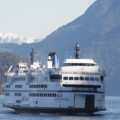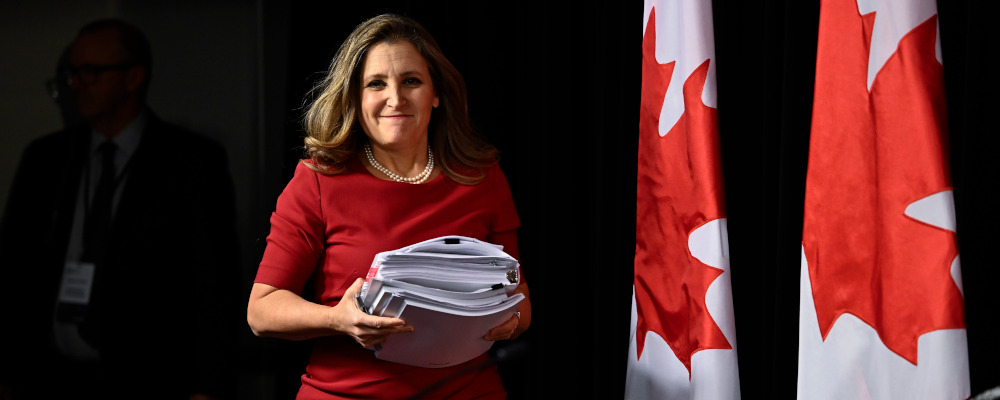Thank heavens it’s almost over! Canada has a cottage industry of folks employed in the business of developing, forecasting, assessing, and evaluating government budgets. It’s quite unlike many other parts of the world particularly given how seasonal the trade is with activity usually lighting up when the first major province releases a budget—often British Columbia in February—and culminates in budgets from the federal government and the biggest provinces. The season is almost at an end, for now.
Canada’s federal government releases its annual budget on Tuesday. Much of what it will contain has already been spilled. Long gone is the era when budgets would be all new on budget day, followed by business leaders attending evening and morning-after presentations and meetings by economists as well as accounting and consulting firms. For years now, governments have used budgets as rolling P/R stunts. Imagine a company that releases its financials in bits and pieces over weeks in advance as routine habit.
It’s no secret that it will be a big spending budget that will probably hit relatively upper-income earners and corporations with higher taxes while never targeting a balanced budget. Key in terms of whether the latter matters or not is whether the assumption of a beautiful economy for years to come through the decade’s end comes to fruition given the rise of structural deficits that could be substantially magnified by a wider primary deficit in a weaker scenario. Ottawa is sending it out faster than it comes in on the assumption that the skies stay sunny forever; this assumption through the 1970s and 1980s ultimately led to a crisis.

Canadian governments are not lightweights when it comes to debt. Many cite net debt-to-GDP ratios that are healthier, but do so on the implied assumption that the financial assets in sinking funds, sovereign wealth funds, pensions, etc. are accessible.
But for now, the manageable deficits are one thing. The impact on the economy from heavy spending is another. The federal government’s program spending has skyrocketed by about one-third compared to the fiscal year just before the pandemic and is slated to be 60 percent bigger than pre-pandemic levels by FY 2028–29. If not for such spending by the Feds and provinces, the Bank of Canada would not have had to hike its policy rate by as much as it has and might have already been in a position to begin easing.
Expect a strong focus on housing. The government created a problem with severe housing shortages through the serial application of demand-side stimulus and wildly excessive immigration and is now trying to fix that with sundry incentives to build more housing. Its target of 3.9 million additional homes to be built by 2031 is laughable. Canada would have to sustainably ramp up annual housing starts to much more than double what has ever been achieved in any prior year and despite labour shortages.
The housing plan they have announced has some constructive elements, such as training for the skilled trades, but its targets are a pure and simple photo-op. The targets also assume there will be demand for the type of housing they are trying to encourage—cheap units on public lands, factory-built homes, and homes like the ones built in mass fashion for returning soldiers after the Second World War that have since driven a booming business in tear downs and rebuilds.
Alongside such fanciful supply-side ambitions are curious efforts to further stimulate demand despite already widespread housing shortages. I wrote about the plans to ease mortgage financing here.
As for taxes? That depends upon how you define the middle class and how you adjust this definition for different types of families, different regions, and varying individual circumstances. We’re told the middle class will be left unscathed but are unclear about how the Feds will define this. At risk is hiking taxes on the folks who drive much of the growth, and further vilification of successful industries and, by the government’s definition, anyone outside of the middle class doesn’t work hard…
We will be assessing the implications of the Budget for the Bank of Canada in light of its recent communications (recap here) and the fact it has yet to incorporate anything on the budget in its forecasts. How ratings agencies respond may be a risk.
Finally, it would be extraordinarily naïve to assume that whatever is announced on Tuesday will be the end of the government’s plans. Canada faces an election by no later than October 2025. Governments that are doing as badly in the polls as the Trudeau-Singh-Freeland administration is performing don’t typically turn fiscally prudent. Bear that in mind in terms of the prospect for further fiscal easing that complicates the outlook for the BoC and that entails drawing implications for debt management and issuance plans beyond what is laid out this week.
This excerpt was originally published at Scotiabank.com.
Recommended for You
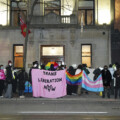
‘Our role is to ask uncomfortable questions’: The Full Press on why transgender issues are the third rail of Canadian journalism
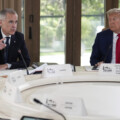
Need to Know: Mark Carney’s digital services tax disaster
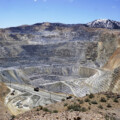
Sean Speer: Investing in critical minerals isn’t just good business, it’s a national security imperative
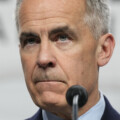
Theo Argitis: Carney is dismantling Trudeau’s tax legacy. How will he pay for his plan?
